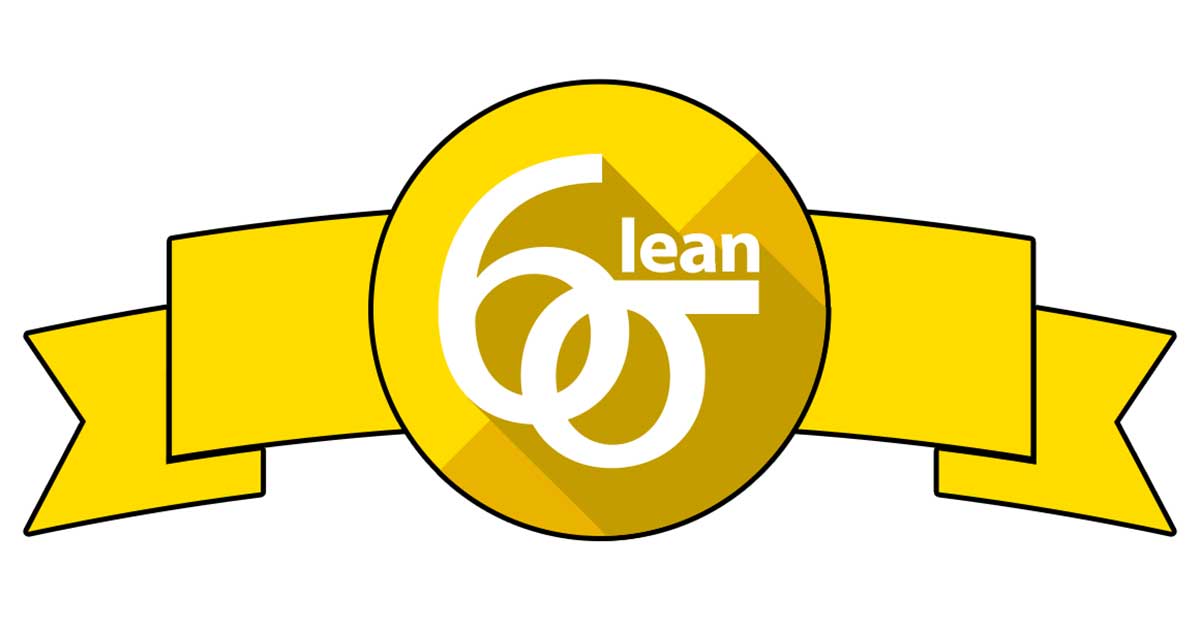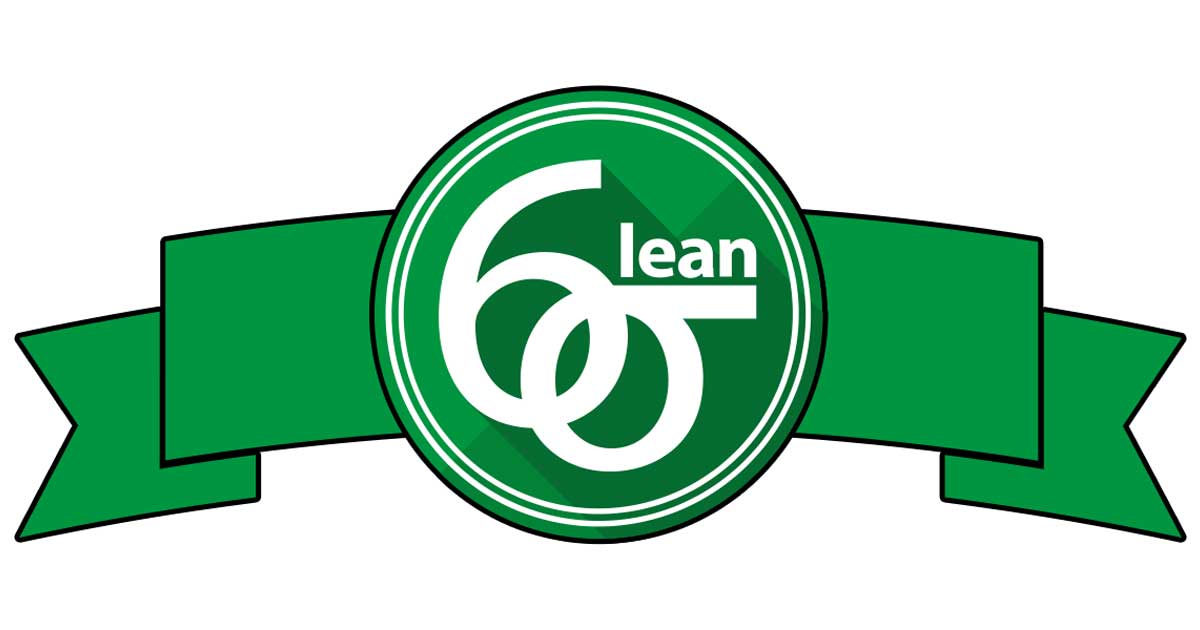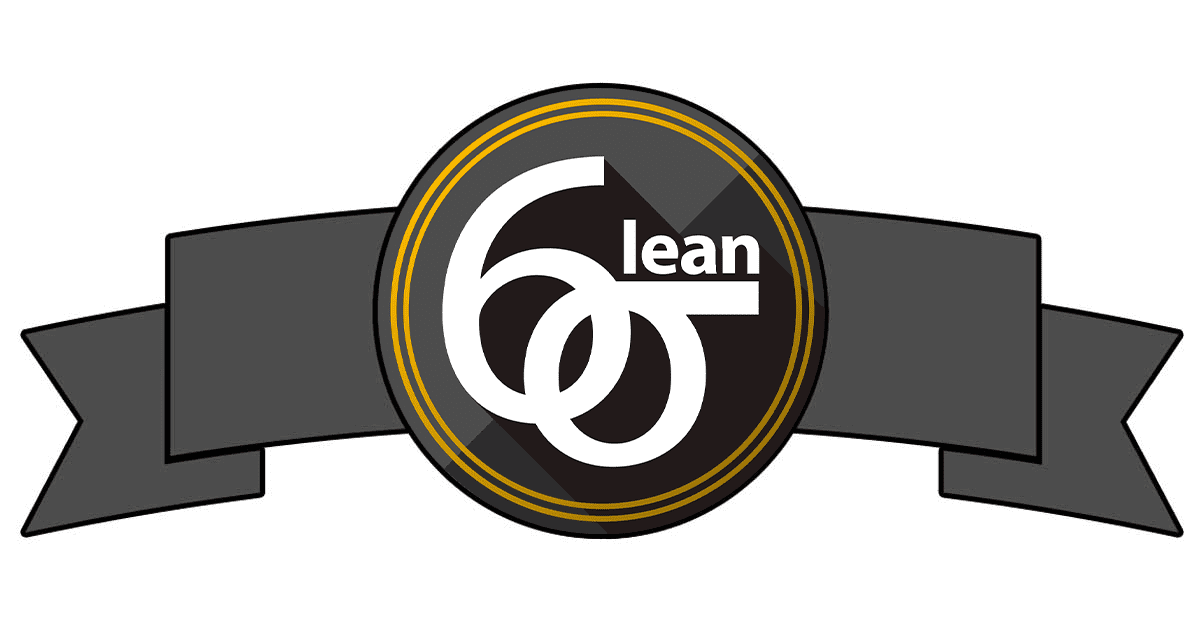Lean Six Sigma belt levels are used to distinguish the different levels of Lean Six Sigma training that can be obtained.
The use of ‘Belts’ to describe the hierarchy within Six Sigma originated in Motorola, and it was Mikel Harry who originally described practitioners using the ‘belt’ convention applied in martial arts. If you’re not particularly fond of it, note that Harry initially described Six Sigma trained people as ‘process characterisation experts’ which you must admit is less appealing!
As in martial arts, different coloured belts are used to represent different levels of experience and achievement, from white up to black.
Whilst the system is subject to some variation, and some organisations use additional colours, an overview is presented below. It is not always necessary to progress from one level to the next – some people go straight to Yellow or Green Belt, but we do recommend completing Green Belt training before progressing to Black Belt.

White Belt – Lean Six Sigma belt levels explained
- Provides Awareness of Lean Six Sigma.
- Introduces the approach and principles used for Lean Six Sigma.
- 1 hour to a full day of training.
- Often inspires people to undertake more Lean Six Sigma training.
White belt training provides an awareness of Lean Six Sigma and an introduction to the approach and importantly the principles. It aims to demystify it and tackle some of the jargon that Lean Six Sigma brings. Depending on the requirements of the organisation White Belt training can last from an hour up to a full day.
White Belts make a valuable contribution to continuous improvement. They can identify opportunities, provide input to project teams and apply the concepts to their own work, e.g. by identifying waste. White Belt training often inspires people to become more involved in Lean Six Sigma work.

Yellow Belt – Lean Six Sigma belt levels explained
- Uses the DMAIC approach.
- Uses the vital tools and techniques used in a majority of projects.
- Up to 2 days of training.
- Training can be used to make small scale improvements to a business.
Yellow belt training takes up to two days. It uses the DMAIC approach as its structure and includes the vital few tools and techniques used in the majority of projects.
Yellow Belts can also apply the learning to make small scale improvements within their business areas running mini DMAIC projects. They can also make a solid contribution to projects of broader scope and scale.

Green Belt – Lean Six Sigma belt levels explained
- Focuses on applying Lean Six Sigma to lead and deliver improvement projects.
- 10 – 25% of work time on process improvement activities.
- 4 – 6 days of training.
Green Belt training can take between 4 and 6 days and covers more of the tools and techniques than Yellow Belt training. The focus is on applying Lean Six Sigma to lead and deliver an improvement project. They will typically be expected to spend between 10% to 25% of their work time on process improvement activities alongside their normal operational ‘day job’.
The role also includes facilitation. Green Belts bring people together, encouraging collaboration and optimising participation.

Advanced Green Belt – Lean Six Sigma belt levels explained
- Focuses on analysis tools and process measurement.
- 2 advanced modules: Process Measurement and Control & Data Analysis Techniques.
- Further 6 days of training.
Green Belts requiring more training on the use of statistical tools, working in technical roles or in ‘data mature’ organisations benefit from Advanced Green Belt training, which includes modules on process measurement and control and data analysis.

Black Belt – Lean Six Sigma belt levels explained
- Further tools and techniques with focus on statistical and analytical methods.
- Additional training and Change Management modules.
- Up to 20 days of training.
- Coach and mentor Green Belts in improvement projects.
Black Belt training can take up to 20 days. It includes further tools and techniques and more focus on the use of statistical and analytical methods to measure and interpret the performance of processes. It also includes additional training on Change Management as this is fundamental to making process improvement successful.
In some organisations, Black Belts work full time for two or three years on process improvement projects, tackling the more complex issues. In other organisations they take on the role as a part-time responsibility alongside their ‘day job’. They also coach and mentor Green Belts.

Master Black Belt – Lean Six Sigma belt levels explained
- Full time career option.
- Can coach Black Belts and carry out Lean Six Sigma training.
- Will have been Black Belts for several years with practical experience.
- Work closely with senior executives.
Master Black Belts are a little different because this is more of a professional role, seen as a full-time career option which a Black Belt might aspire to if they are particularly enamoured by the idea of becoming ‘professional change agent’. MBBs will have been Black Belts with several years of practical experience. They attend further training depending on their situation. MBBs can coach Black Belts and carry out Lean Six Sigma training. They also carry out a strategic guiding role, working closely with the senior executives in large organisations on the deployment of Lean Six Sigma.
Organisations using Lean Six Sigma do not have to adopt the ‘Belt’ terminology of course – some organisations have eschewed it, preferring instead to talk about their trained resources as Guides, Practitioners or Champions. The ‘belts’ system is widely known and used however, and the knowledge and experience gained from learning about and applying Lean Six Sigma is highly transferrable.
In addition to learning about and applying Lean Six Sigma there is the opportunity for people who have been trained to become certificated. It is subject to some variation among providers in the marketplace, but for a recognised, accredited certification (the BQF standard for example) for Yellow, Green and Black Belts there is typically a simple three step process to follow.
- Complete the relevant training programme
- Pass the exam
- Present evidence of the application of Lean Six Sigma
Certification to Lean Six Sigma Master Black Belt takes a different route and is based on assessment of the experience of the applicant and their portfolio of evidence.
The benefits for the individual include recognition, consolidation of the training experience, and the development of confidence and competence that the opportunity brings. For the organisation there are also numerous benefits – as well as being on the receiving end of the financial and operational benefits that process improvement brings, organisations can exploit the development and recognition opportunities and build on these as maturity increases.
Jo is a motivated and energetic business improver with extensive experience in developing and deploying Continuous Improvement, Lean Six Sigma, ISO and Excellence strategies across a broad range of organisations and sectors.





